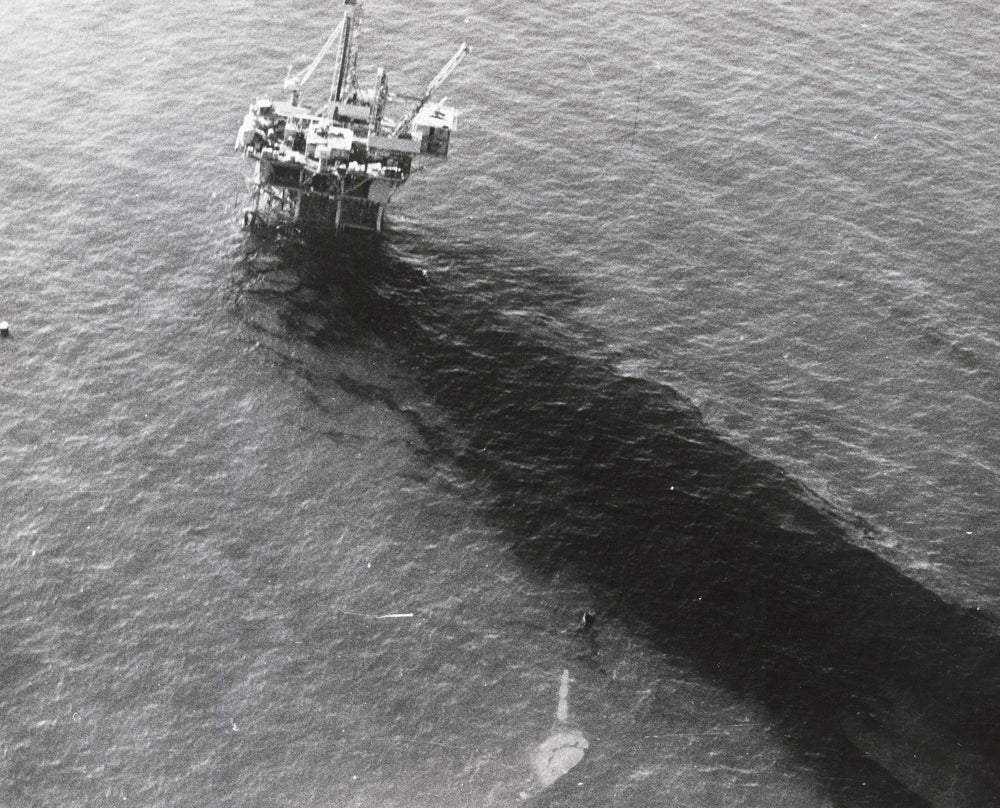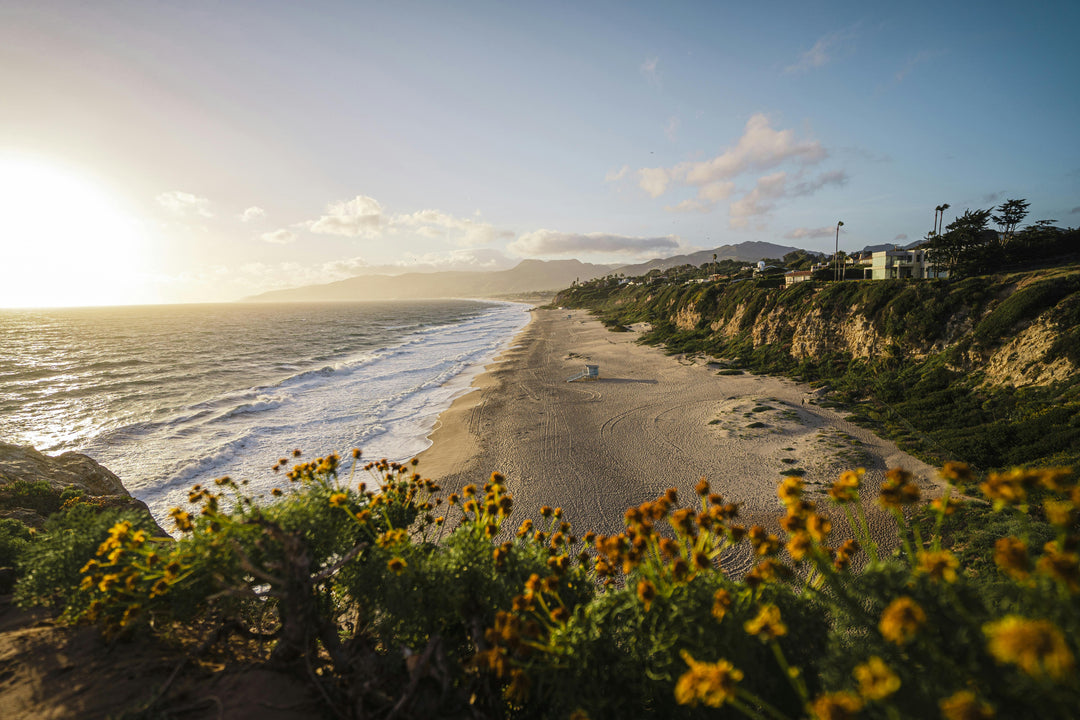EARTH DAY
The origin of Earth Day can actually be tied a specific day in our history, and to an event that occurred right here on the Central Coast of California. On January 28, 1969, an oil platform blew out a few miles west Santa Barbara, spilling 9,000 gallons of crude oil into the Pacific Ocean every hour. My older sister was attending UCSB at the time, and my brother and I would visit her as often as she would allow. We surfed mostly at Campus Beach, and I vividly recall just how devastating the spill was to the beach and wildlife along that stretch of California coastline.

Senator Gaylord Nelson, a senator from Wisconsin, was spurred into action by that Santa Barbara oil spill. He had been concerned about the burgeoning environmental issues for years, and was inspired by the power of the student anti-war movement at the time. Nelson sought to replicate that student energy by announcing a series of “teach-ins” on college campuses around the country. These “teach-ins” were designed to raise public awareness about how air and water pollution had become a threat to human health.

The first Earth Day took place on April 22, 1970. It united some 20 million Americans – from all walks of life and from all political persuasions - to protest against the deterioration of our environment. By the end of that year, the U.S. government had created the Environmental Protection Agency and had passed laws like the Clean Air Act and the Occupational Safety and Health Act (OSHA). Just two years later, the Clean Water Act was passed. These and a host of other important legislative acts can be traced back to the grass roots movement of 1970. Today, more than a billion people in nearly 200 countries observe Earth Day, which has become the voice of environmental consciousness. We encourage you to participate in a beach cleanup or some other Earth Day activity in your area. Everyone makes a difference!
Until next time,
Ted









